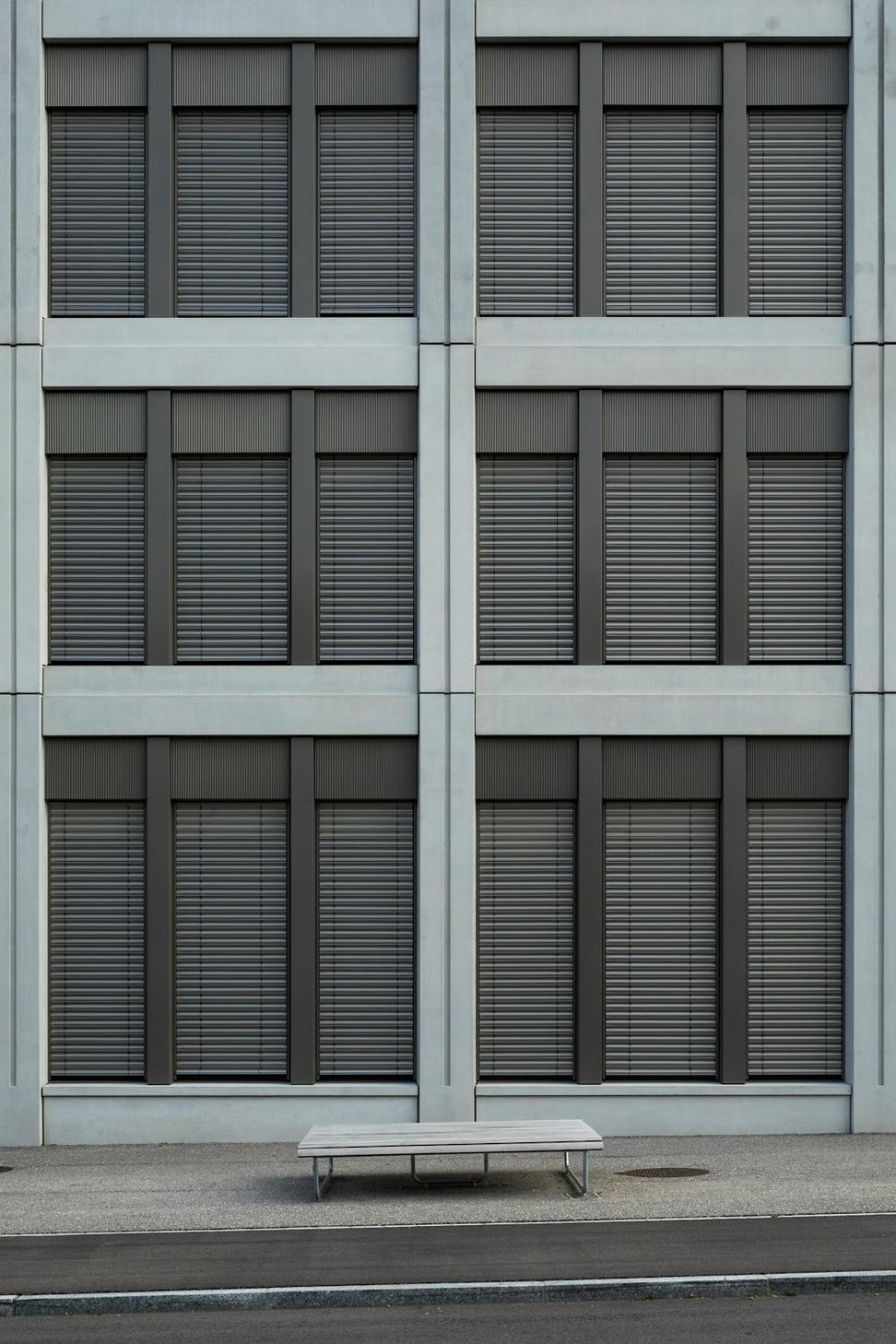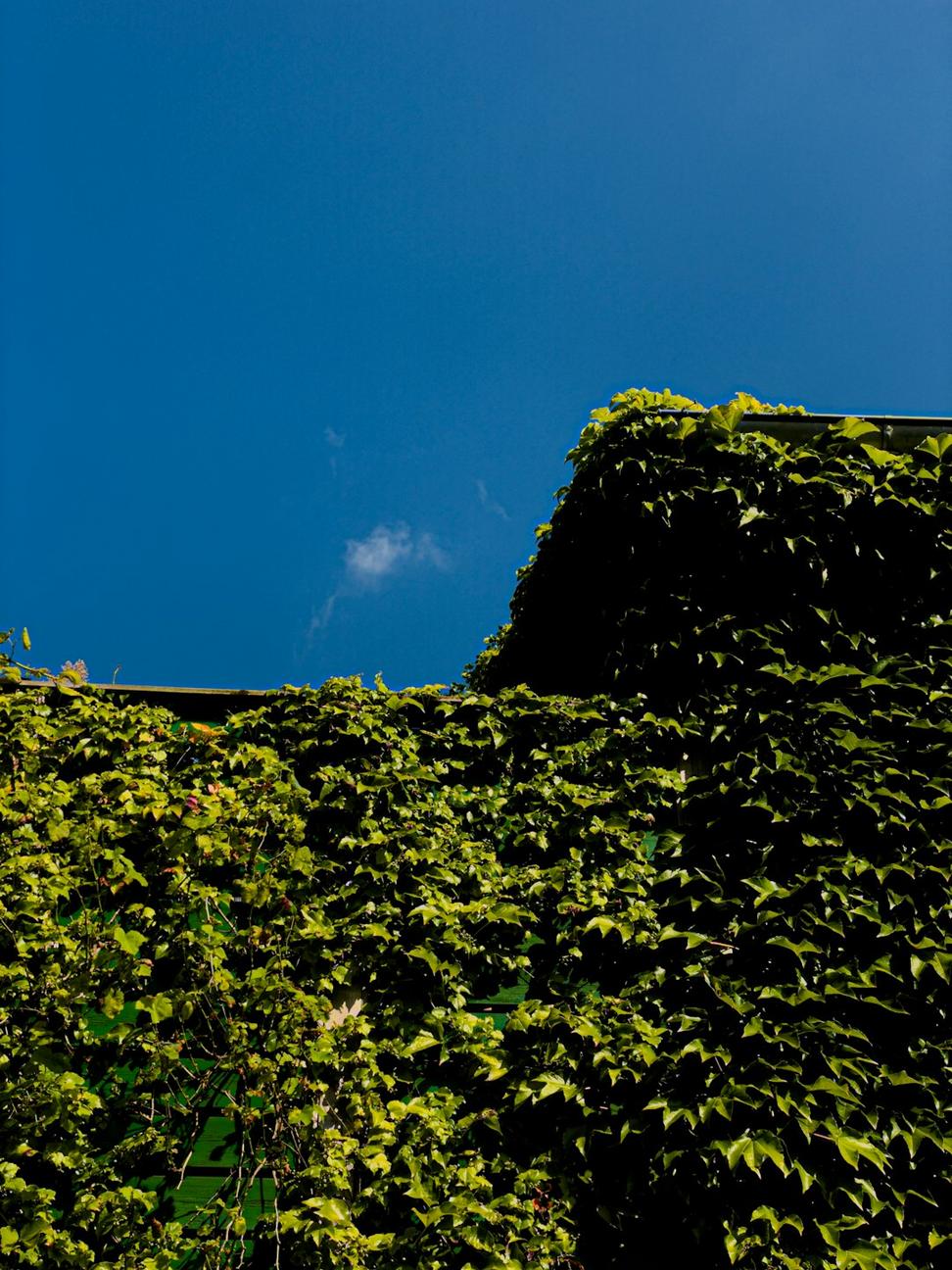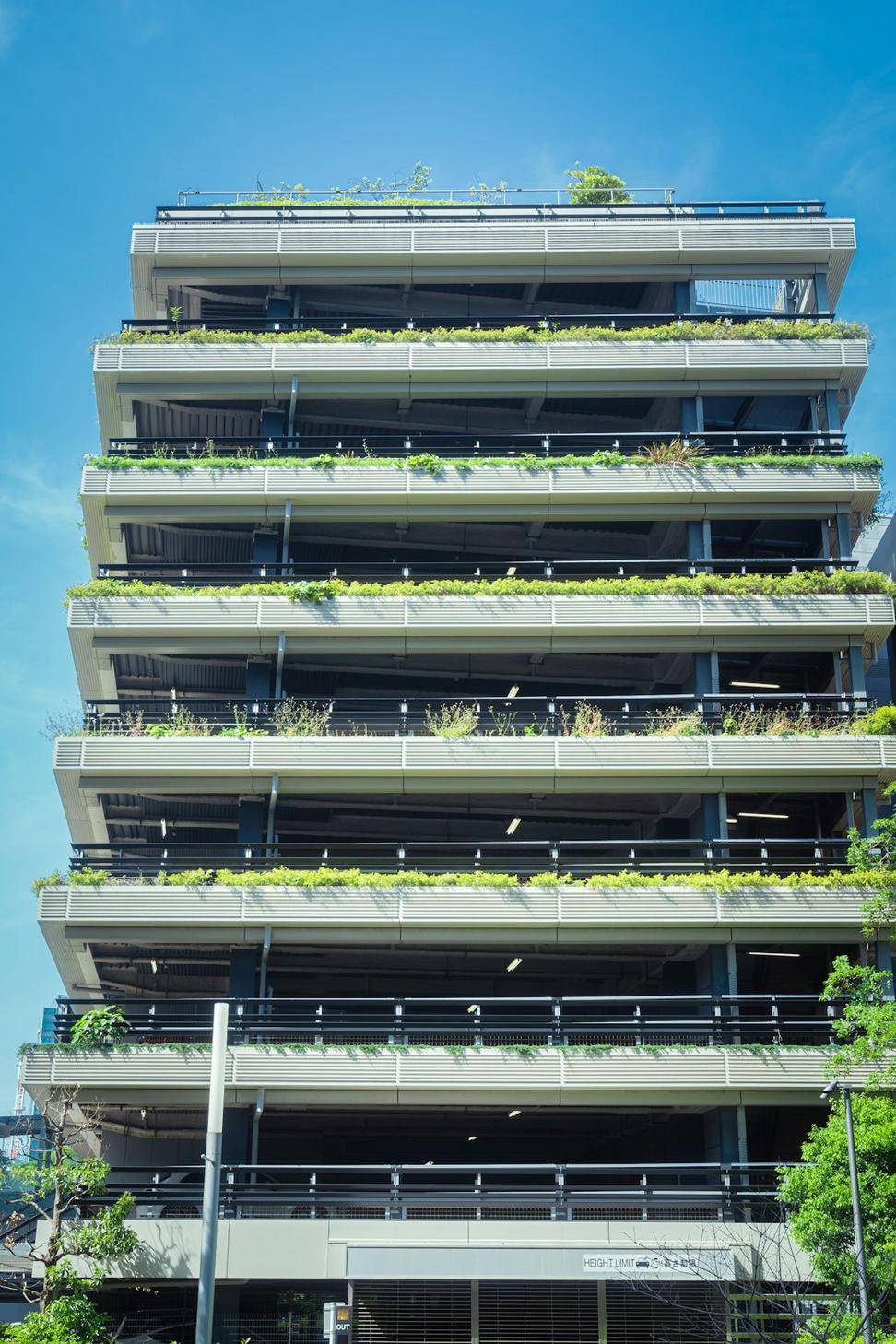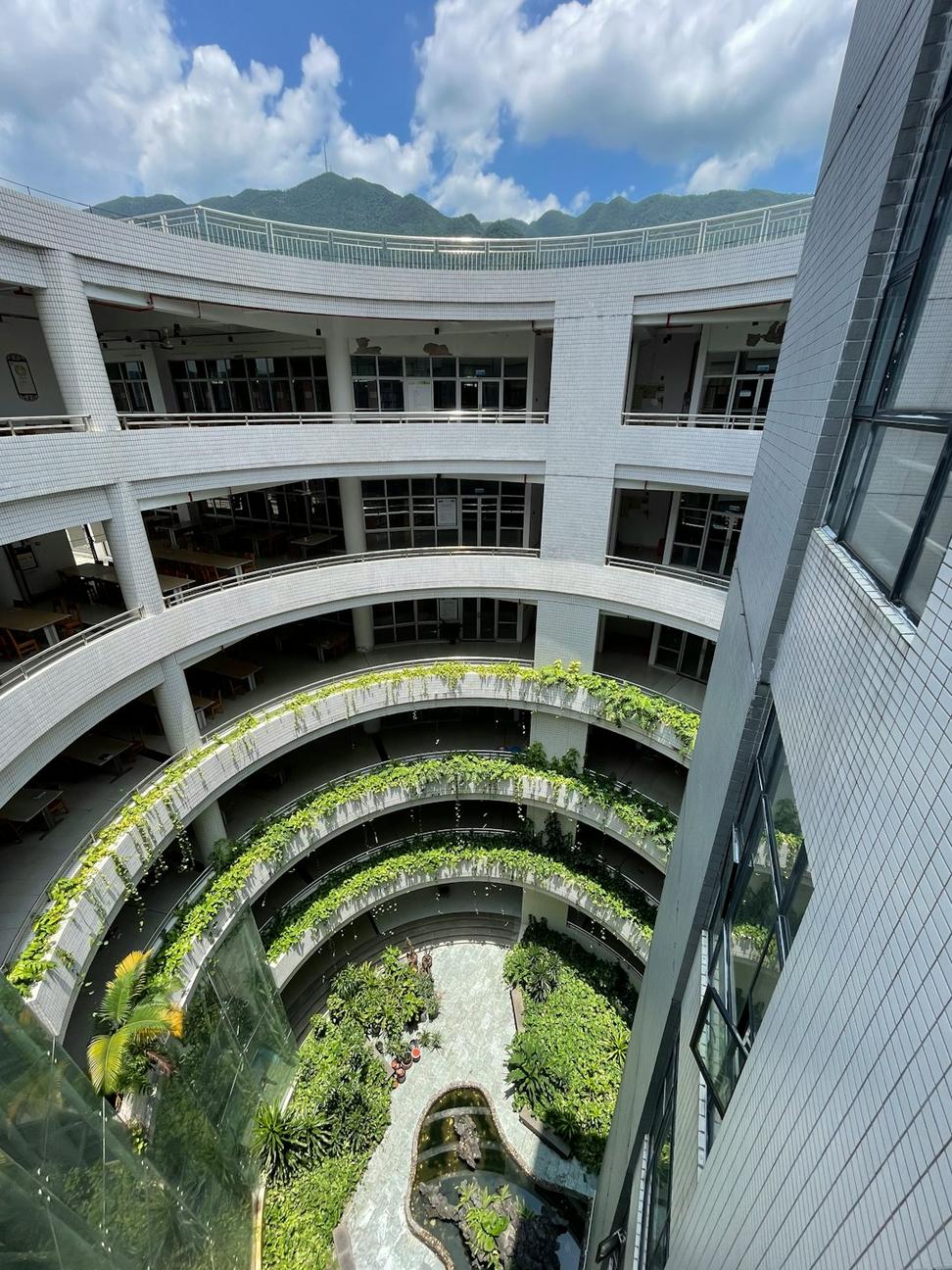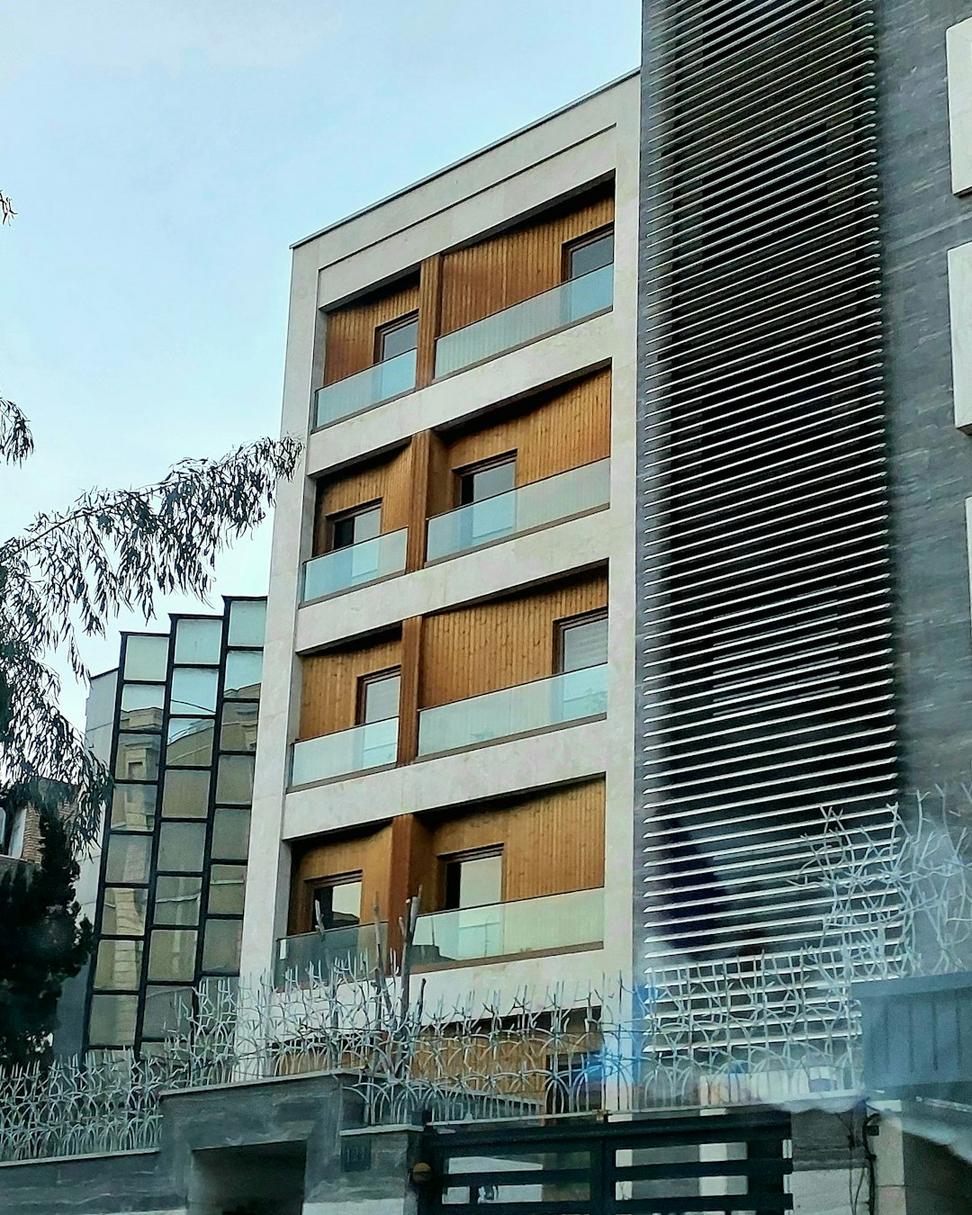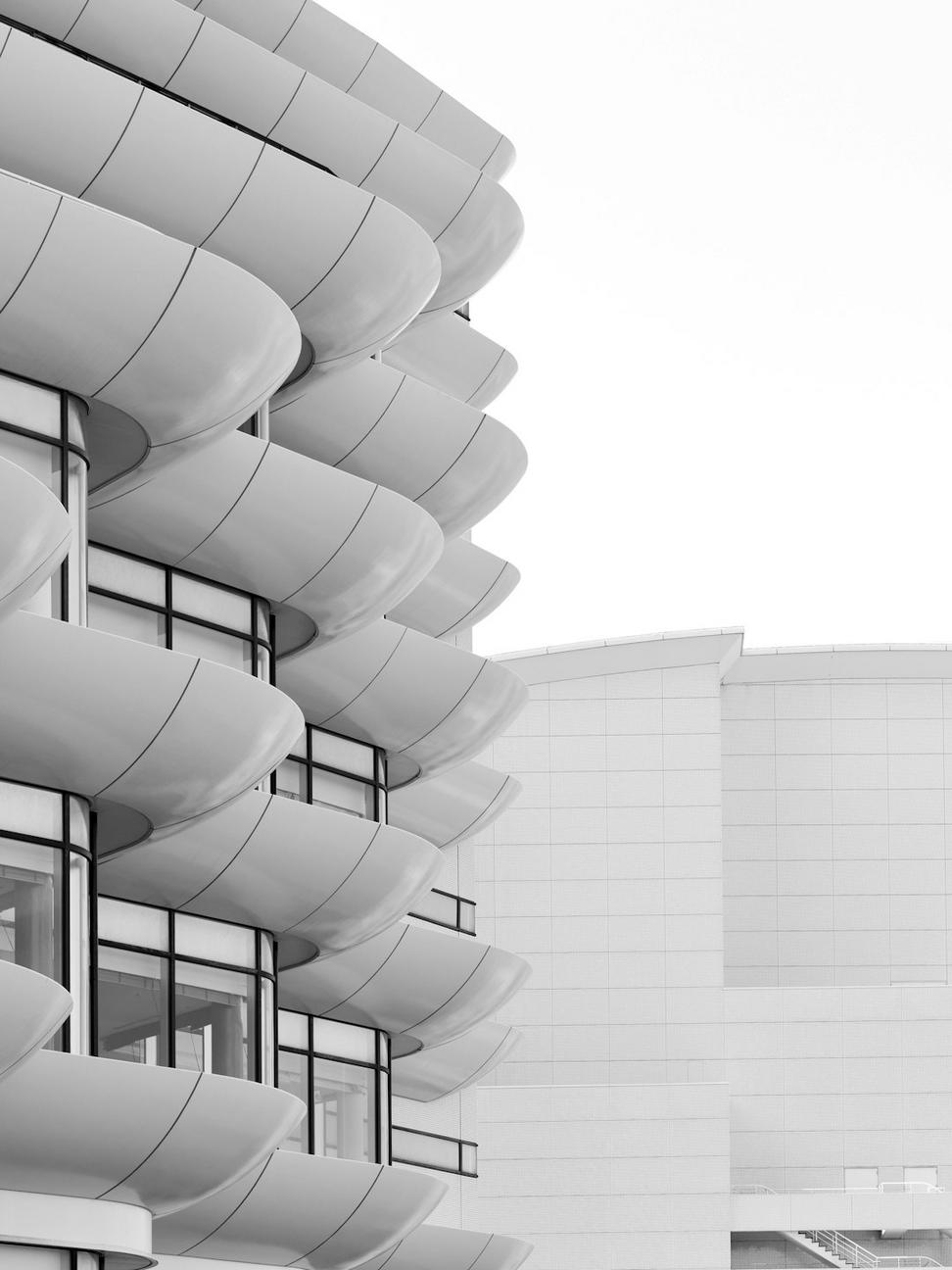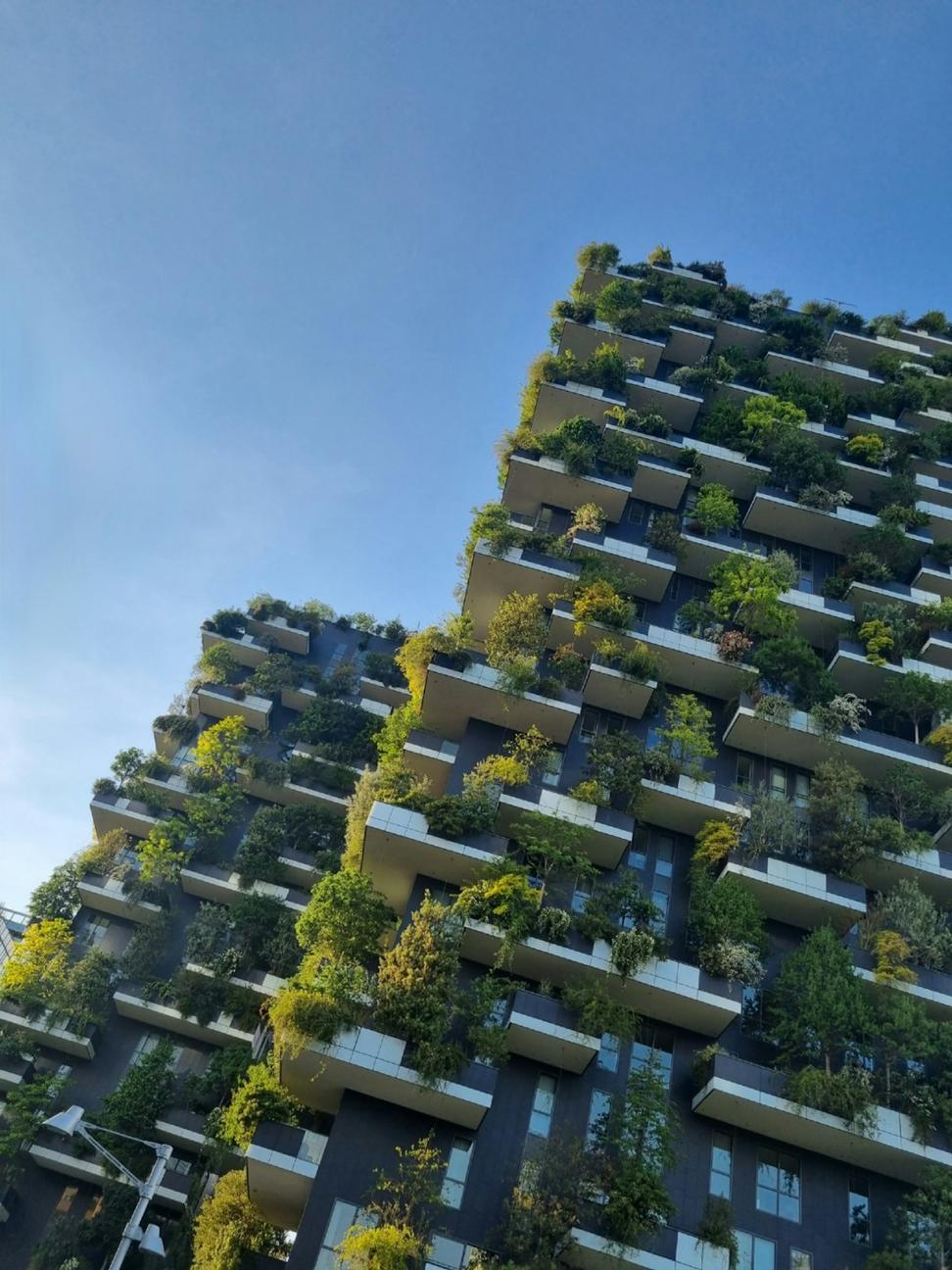
Why Sustainability Isn't Optional Anymore
Look, I've been in this industry long enough to remember when "green building" was considered a niche luxury. Those days are gone, and honestly? Good riddance.
Climate change isn't some distant threat - it's affecting how we design every single project today. Rising energy costs, extreme weather events, material shortages... these aren't abstract concepts, they're real challenges our clients face.
What gets me excited is that sustainable design actually makes better buildings. Lower operating costs, healthier indoor environments, longer lifespans. It's just smart architecture, period.
27+
LEED Projects
43%
Avg. Energy Reduction
